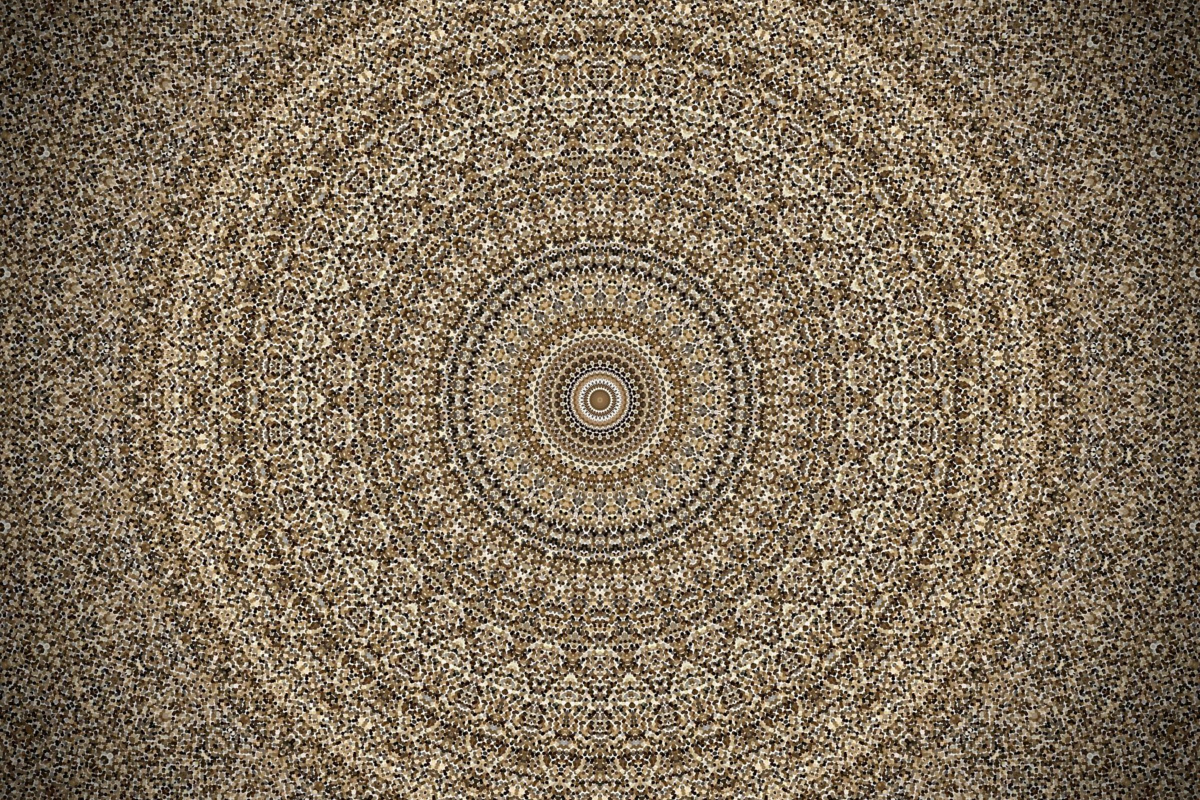 Practiced by millions worldwide, Buddhism is a religion centered on wisdom and compassion. Like many religions, Buddhism is filled with symbols. Learning about the symbolism used in Buddhism is an effective way to learn about the meaning of the religion itself. Let’s take a deeper look at the Buddhist symbols for inner peace, and what they can teach us about the Buddhist philosophy.
Practiced by millions worldwide, Buddhism is a religion centered on wisdom and compassion. Like many religions, Buddhism is filled with symbols. Learning about the symbolism used in Buddhism is an effective way to learn about the meaning of the religion itself. Let’s take a deeper look at the Buddhist symbols for inner peace, and what they can teach us about the Buddhist philosophy.
[amazon box=”1537410008,B079HN7HBQ” template=”table”]
The Lotus Flower
This is probably the most famous and widely recognized of the peace symbol images. The lotus flower symbolized inner peace, humanity and life. Each part of the flower has a distinct meaning.
Starting at the bottom, the roots of the flower are usually shown to be in the mud. This symbolizes how humans have the ability to rise up beyond their surroundings. In fact, the lotus shows us how any conditions have the potential to create beauty.
Next, we’ll look at the flower, which is usually depicted as being on the surface of water. The blossoming flower represents the blossoming of inner peace and calmness. Much like how the flowers open up to reveal their inner beauty, a person can create peace and happiness from within which spreads outward to influence all of their surroundings.
The entire lotus flower symbolizes humankind’s battle with suffering. As the flower rises from the mud, people can rise up from their surroundings. As the flower floats on the surface of the water, our inner thoughts can lift us up through metaphorically choppy waters. The concept of inner peace being able to lift us up is an important cornerstone of Buddhism.
The Dharma Wheel
This is a wheel with eight spokes. Illustrations of the wheel often resemble a captain’s wheel on a ship. The Dharma wheel represents Buddha himself. Each spoke on the wheel represents a part of the Noble Eightfold Path of Buddha:
- Right View: Actions have consequences, even after death. The concepts of karma and rebirth are also included here.
- Right Resolve: Create an environment of kindness and impermanence. Release your concept of self.
- Right Speech: Avoid lying, rudeness, gossip and other negative types of speech.
- Right Conduct: Don’t steal, injury, assault or kill others.
- Right Livelihood: Limit possessions to only the essentials required for life.
- Right Effort: Work to prevent unwholesome states and thoughts which can disrupt meditation.
- Right Mindfulness: Always remain conscious of your thoughts and actions.
- Right Samadhi: Practice the four stages of meditation to unify the mind
The Dharma wheel can help you remember the Eightfold Path of Buddha. Even if you forget the details, simply looking at the wheel can remind you general Buddhist ideals.
Two Golden Fish
This symbol displays two golden fish swimming side-by-side. In most illustrations, the fish are vertical with their heads downward and their tails in the air. They’re often swimming just above a half-ring of red waves.
Originally, the Golden Fish represented the actual rivers of the Ganges and the Yamuna. However, that interpretation has changed over time. Today, the fish symbolizes luck and fortune. This reminds us that our good fortune and bad fortune is not entirely in our control.
The idea is to find peace in the fact that bad events which occur aren’t the result of the universe singling us out for punishment. Rather, fortune can favor us or harm us for purely random reasons.
The two fish can also symbolize courage and fearlessness. Every life will have times of suffering. As long as we remain courageous and free from fear, we can swim through these rough water. The idea is that bad times and good times will enter and leave our lives much like running water. As long as we remain brave, we can endure the harsh times.
The Bodhi Tree
This tree plays a major role in the history of Buddhism. When the Buddha became enlightened, he was sitting under a Bodhi tree. These trees are easily recognizable with their heart-shaped leaves.
Two sacred Bodhi trees exist in the world today. The first is the Anandabodhi tree located in Sravasti. The other tree is located in Anuradhapura.
Buddhists believe both of these trees originate from the original tree from Buddha’s enlightenment. Today, images of the tree represent Buddha’s victory over suffering and achievement of inner peace. The Bodhi tree is a symbol of salvation and hope.
The Eternal Knot
This is the Buddhist symbol for a universal connection. First, the lines on the eternal knot represent all of creation. Buddhism teaches us that everything is connected.
The eternal knot also symbolizes both compassion and wisdom. Your practice of Buddhism is connected to all events and people are around you. The eternal knot reminds us to respect others, and that every action is connected to the larger universe.
The Eight Auspicious Signs
There’s another way to look at the Buddhist symbols for inner peace. Buddhist symbols are used to describe the Eight Auspicious Signs. This is the Noble Path of Buddhism described above. When the eight inner peace symbols are placed in a specific order, they describe the path to enlightenment.
- The Umbrella represents the entire Buddhist community. The first step towards enlightenment is simply becoming part of the world of Buddhism.
- The Fish represents harmony and peace, which are the twin pillars of all Buddhist teachings. As you progress down the path of enlightenment, harmony and peace will always be a part of your journey.
- The Vase represents wealth. This isn’t monetary wealth but instead the inner wealth of faith, more discipline, wisdom and consideration of others.
- The Lotus symbolizes purity. A main goal of progressing down the path of enlightenment is to emulate the Buddha’s purity.
- The Conch Shell represents your mind as it fills up with realizations from your journey. These realizations are called the Dharma Jewel.
- The Knot of Eternity represents Buddha’s omniscient wisdom. As discussed above, the knot symbolizes how everything is connected. As you go down the path towards enlightenment, the lessons learned will apply to everything in your life.
- The Victory Banner symbolizes Buddha’s abandonment of delusions. This produces a clarity about one’s self and place in the world.
The Victory Banner and Knot of Eternity combine to lead towards the Dharma Wheel.
- The Dharma Wheel was discussed above. It’s the final stage on the path towards a permanent relief from suffering. This is the final goal of the Buddha’s teachings.
The Power of Symbols
Symbols can be used as guideposts as you learn about Buddhism. Look past the symbols to find the true meaning behind them. Buddhism is a mindset. So the concepts involved can’t be seen or held in your hand. They only exist within you.
Buddhist peace symbols are visual representations which can help change your mindset. Each symbol provides a quick reference point for the concept it’s used to illustrate. Plus, the symbols are all directly related to the historical development of Buddhism.
Conclusion
Inner peace and freedom from suffering is the ultimate goal of Buddhism. While you don’t need to know the Buddhist symbols in order to find inner peace, they are a helpful reminder of many major concepts. These powerful tranquility symbols can help you find freedom from suffering and learn how to approach life with a peaceful, serene outlook.





